International Journal of Biological Macromolecules ( IF 8.5 ) Pub Date : 2023-09-13 , DOI: 10.1016/j.ijbiomac.2023.126851
Onur N. Arslan , Dilara Güntürkün , Yonca Alkan Göksu , Aylin Altınbay , H. Özgür Özer , Mohammadreza Nofar
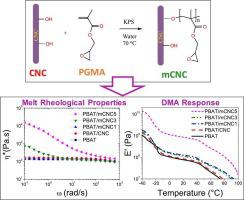
|
Melt processing of cellulose nanocrystals (CNCs) reinforced nanocomposites is still a serious challenge due to the hydrophilic nature of CNCs and their severe agglomeration tendency within the polymer melt. In this study, chemical modification of CNC through grafting poly(glycidyl methacrylate) (PGMA) with various degrees was implemented. Wettability of the modified CNCs (mCNCs) were controlled and their structure was characterized through Fourier transform infrared spectroscopy (FTIR), X-ray photoelectron spectroscopy (XPS), optical microscopy, X-ray diffraction (XRD), thermogravimetric analysis (TGA), and differential scanning calorimetry (DSC). The nanocomposites of polybutylene adipate terephthalate (PBAT) with 3 wt% CNC and mCNC were prepared using an internal melt mixer. To differentiate the effects of CNC and PGMA molecules on the final properties of nanocomposites, PBAT/PGMA compounds were separately prepared. To confirm the chain characterization and molecular weight of the synthesized PGMAs, 1H NMR and gel permeation chromatography (GPC) analysis were conducted. Melt rheological analysis, dynamic mechanical analysis (DMA), DSC, and atomic force microscopy (AFM) were used to monitor the mCNC dispersion quality and the effect of PGMA modification in PBAT compounds. The results revealed that grafting CNC with longer PGMA considerably improved the CNCs' dispersion quality within PBAT. Such dispersion enhancement of long-chain mCNCs and interfacial interaction of PGMA and PBAT resulted in a noticeable increase in storage modulus and complex viscosity of the final nanocomposites.
中文翻译:

聚甲基丙烯酸缩水甘油酯改性纤维素纳米晶及其PBAT基纳米复合材料
由于纤维素纳米晶体(CNC)的亲水性及其在聚合物熔体中严重的团聚倾向,熔融加工增强纳米复合材料仍然是一个严峻的挑战。本研究通过接枝不同程度的聚甲基丙烯酸缩水甘油酯(PGMA)对CNC进行化学改性。通过傅里叶变换红外光谱 (FTIR)、X 射线光电子能谱 (XPS)、光学显微镜、X 射线衍射 (XRD)、热重分析 (TGA) 控制改性 CNC (mCNC) 的润湿性并表征其结构。和差示扫描量热法(DSC)。使用密炼机制备了含有 3 wt% CNC 和 mCNC 的聚己二酸对苯二甲酸丁二醇酯 (PBAT) 纳米复合材料。为了区分 CNC 和 PGMA 分子对纳米复合材料最终性能的影响,分别制备了 PBAT/PGMA 化合物。为了确认合成的 PGMA 的链特征和分子量,进行了1 H NMR 和凝胶渗透色谱 (GPC) 分析。使用熔体流变分析、动态机械分析 (DMA)、DSC 和原子力显微镜 (AFM) 来监测 mCNC 分散质量以及 PBAT 化合物中 PGMA 改性的效果。结果表明,用更长的 PGMA 接枝 CNC 大大提高了 CNC 在 PBAT 中的分散质量。长链 mCNC 的分散增强以及 PGMA 和 PBAT 的界面相互作用导致最终纳米复合材料的储能模量和复数粘度显着增加。



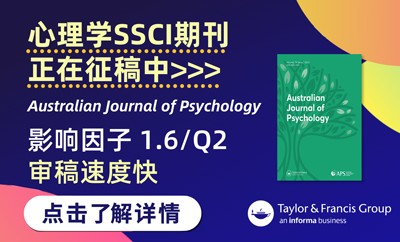




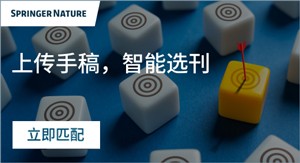






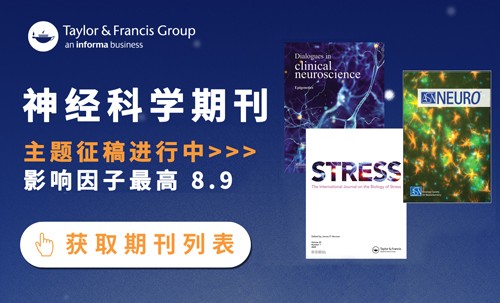

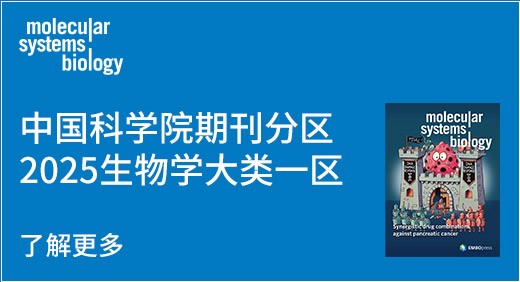

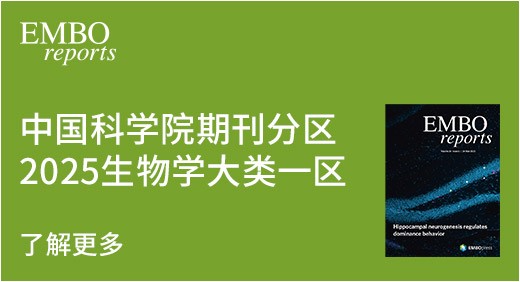




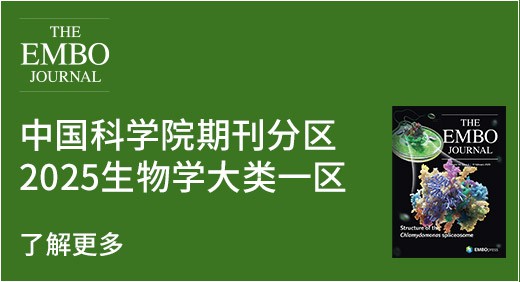






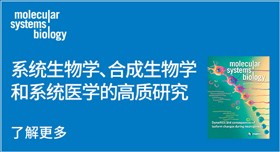

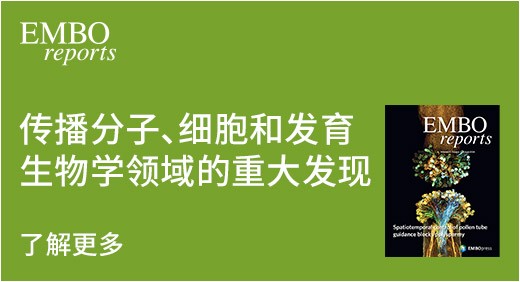
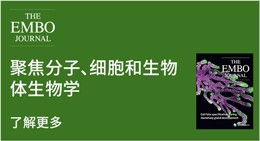

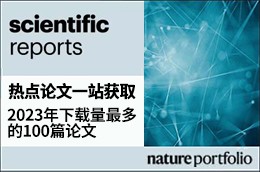
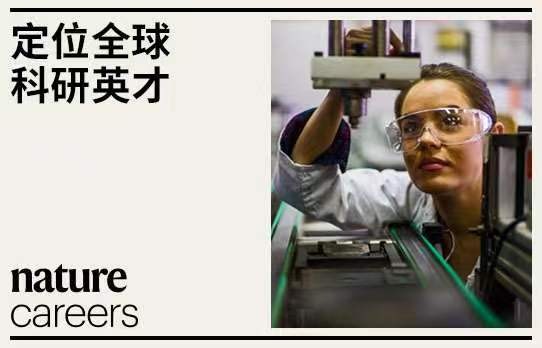






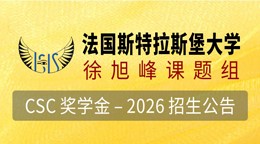







 京公网安备 11010802027423号
京公网安备 11010802027423号